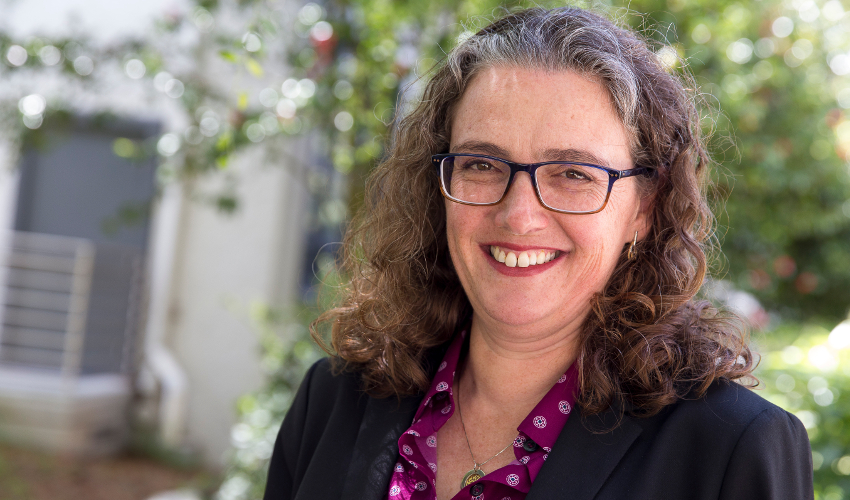Study reveals gender bias in scientific conferences

Petra Dekens
Even the youngest male scientists tend to give opportunities to other men
Attend talks at a big scientific meeting, and you might start to notice a few patterns. For one: there are usually a lot of men. A new study co-authored by Chair of the San Francisco State University Department of Earth & Climate Sciences and Associate Professor of Oceanography Petra Dekens shows how the structure of a large scientific meeting perpetuates the gender gap in science and points the way to strategies that might help make such gatherings more equitable.
Women have been historically excluded from science — even in 1973, women held only 9 percent of the science and engineering Ph.D.s in American academia. Some disciplines have made progress in closing that gender gap, but there’s still a long way to go. For instance, women trainees still leave the geoscience field at a higher rate than men, Dekens says. “The gender balance in graduate programs has been close to fifty-fifty for a long time, and that isn’t being reflected in the mid-career stages,” she said.
When Dekens decided to dig into the gender dynamics of her field, a conference was the natural place to start. These gatherings are where most of the networking in science happens, and they’re also where the biggest discoveries of the year are presented. She and several of her colleagues looked at data from the fall meetings of the American Geophysical Union (AGU) between 2014 and 2016. With over 24,000 attendees in 2017, the conference is the largest in the field of geoscience, bringing together researchers who study the Earth and space.
They found that women had fewer opportunities than men to speak about their research findings. That’s because these opportunities were more often given to senior researchers, the career stage where gender disparities are the greatest. When men selected speakers, they tapped women only 29 percent of the time, even though women submitted 32 percent of the presentation abstracts overall. Women in a position to choose presenters, on the other hand, picked other women 37 percent of the time. The researchers published their results on April 24 in the prestigious journal Nature Communications.
These results suggest that this isn’t a problem the sciences can simply wait out. The bias among men to select other men for talks was consistent at all career stages, from the most experienced researchers to the youngest. “It’s easy to say it’s just the good old boys club,” Dekens said. “But our younger male colleagues are doing the same thing. And when they get older, they’re going to perpetuate it.”
Biases like these are one likely reason geoscience research hasn’t seen much of a demographic shift, Dekens says. Compared to men, women are given a smaller platform to present their research. That translates into fewer opportunities for career advancement, and is also a source of discouragement for female scientists-in-training who frequently don’t see themselves reflected among their field’s most visible scientists.
Despite the bleak picture painted by these results, the authors suggest ways organizations can advance gender equity, including encouraging organizers to have more women choose presenters. Dekens also offers another solution. Previous research has shown that simple reminders about implicit bias can make scientific journal editors more likely to invite women to review manuscripts. A similar strategy could work for conferences.
For now, Dekens is glad simply to bring attention to the issue. “This is something that women at conferences always talk about,” she said. “It’s nice when you can move from talking over a beer to actually collecting the data and doing something about it.”